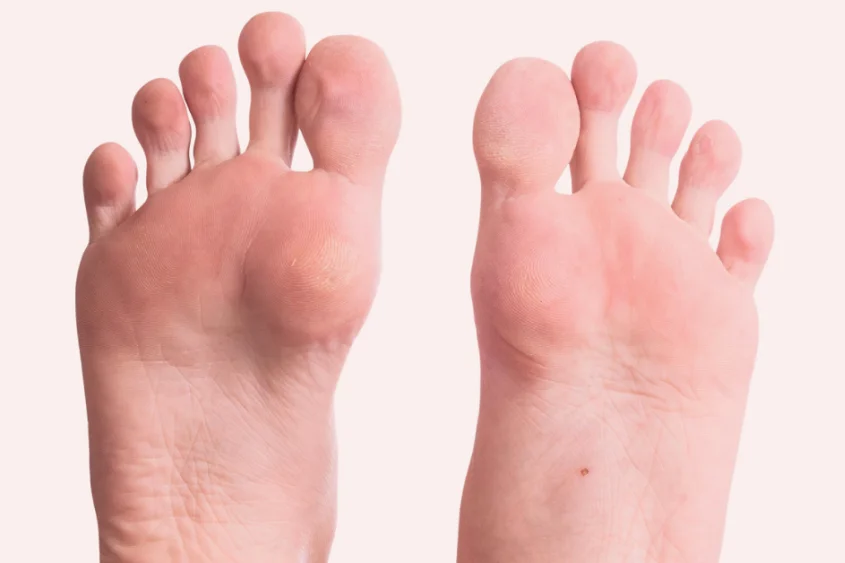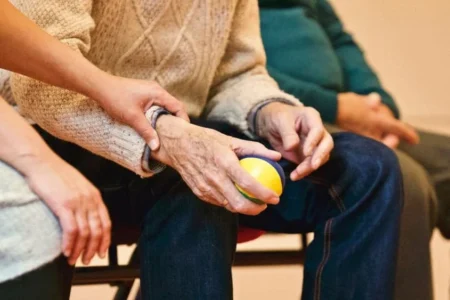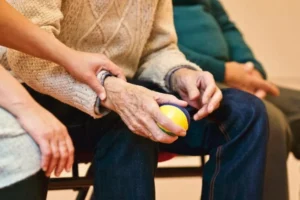4 Common Foot Problems and How to Avoid Them
- Updated on: Nov 22, 2024
- 2 min Read
- Published on Oct 3, 2023

Our feet, the foundation of our mobility, go through a lot every day. As the primary point of contact with the ground, our feet are at high risk of injury, more so than any other part of the body. The appearance of common foot problems can disrupt our everyday lives, leading to a reduction in our overall health and wellbeing.
Our feet deserve special attention given their essential role in our everyday functioning. Therefore, it’s crucial to understand how to prevent, identify, and treat any prevalent issues to maintain optimal foot health. We discuss four of the most common foot problems in detail below.
Athlete’s Foot
A fungal infection that typically affects the spaces between your toes, Athlete’s foot is a highly contagious condition. Symptoms consist of redness, itchiness, and cracking of the skin. Fortunately, it is easily treatable and more common than you might think.
The key to preventing Athlete’s foot is to ensure your feet and toes remain clean and dry and that you change your shoes and socks regularly. Avoid walking barefoot in public areas or showers and never share towels or gym mats.
Alternatively, you could make the switch to barefoot shoes, which are specially designed to encourage good foot hygiene. They are often made from breathable materials, such as mesh and canvas, to prevent sweat and odors and improve foot health.
Ingrown Toenails
If the edge of the toenail begins to grow into the surrounding skin, pain, redness, and infection can transpire. Ingrown toenails may also be caused by shoes pressing your toes together or curved nails.
To prevent ingrown toenails, make sure to cut them straight across and not too low. If they aren’t cut straight, then the sides or corners can start to dig in.
Plantar Fasciitis
Plantar Fasciitis is the medical term given to the inflammation of the tissue connecting the heel bone to the toes. This swelling can be highly painful and uncomfortable, particularly when getting up in the morning.
There are no visual signs or symptoms, only stiffness and pain in the foot, meaning it can be difficult to diagnose at first. One of the most effective ways of reducing the risk of Plantar Fasciitis is to implement lower-body stretching during the week -particularly your calf muscles and the bottom of your feet.
It is also important to exercise regularly, but this should be done gradually to reduce stress on your feet. Wearing supportive shoes that have proper arch support and maintaining a healthy weight will help to make physical activity easier, reducing the strain on your feet.
Bunions
A bunion is a bony bump that forms on the joint at the base of the big toe, generally causing pain and difficulty wearing certain types of shoes. In some cases, the bump can force the big toe inwards, toward the smaller toes.
To avoid bunions forming, only wear shoes that offer adequate space for your toes and have a wide toe box. Where possible, avoid wearing narrow or pointed shoes, especially high heels. You may also consider placing orthotic inserts in your shoes to provide additional support and alignment for your feet.












